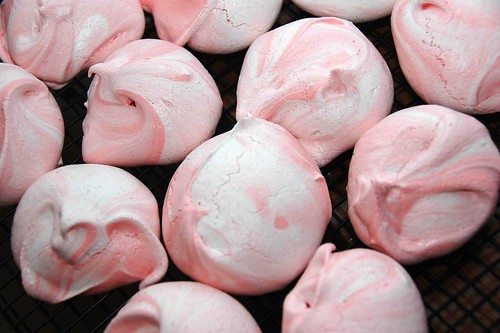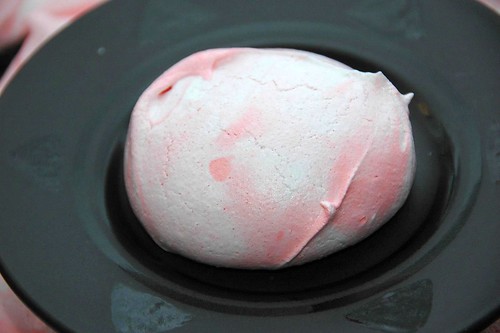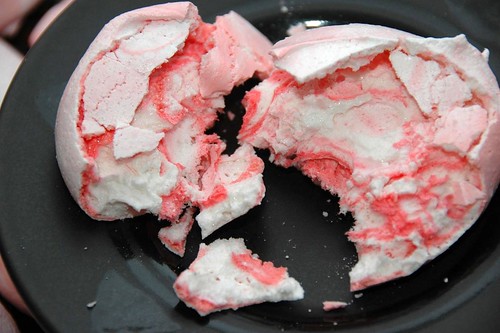It was a year of great changes and terrible losses for me. I began 2008 by taking classes at the Brooklyn Botanic Garden toward a Certificate in Horticulture, which I hope to complete by the end of this year. I remain involved in the gardening activism of Sustainable Flatbush, both in the Gardening Committee, and in the Flatbush CommUNITY Garden. I organized a Brooklyn Blogade, a meeting of bloggers, at the Brooklyn Botanic Garden, and helped with the 2008 annual Blogfest. I also lost two of my best friends: my cat, Spot, at the beginning of the year, and my father, Jerry, just four weeks ago.
To see out this old year and welcome in the new one, I thought I'd review and recap some of what I've written for this blog during 2008, and your responses to it.
Overall stats
Number of posts published: 236 (averaging 2 posts every 3 days)Busiest month: April, with 38 posts (more than 1 per day)
Slowest month: November, with only 10 posts (1 every 3 days)
22,896 people visited this blog during 2008. There were 32,073 visits, an average of 88 per day. About 70% were first-time visitors.
Greatest Hits of 2008
The most popular content on the blog.By visits
According to Google Analytics, from which I've collected these stats, "unique page views" are the number of visits during which a page was viewed. Page views are higher, since the same page may be viewed multiple times during a single visit. Unique pageviews, however, doesn't distinguish multiple visits from the same person or IP address.- (Magi)Cicada Watch, about the Brood XIV Magicicadas, which unfortunately have been extirpated in Brooklyn, 2008-05-21, 763 visits
- Flatbush Rezoning Proposal will define the future of Victorian Flatbush, my report on a public hearing and analysis of the proposal, 2008-06-13, 483 visits
- Summer Nights, my photographic report on raccoons in my backyard, 2008-06-26, 405 visits
- Sources of Plants for Brooklyn Gardeners, 2008-04-29, 367 visits
- These two posts, both of them memorials, are close enough to call it a tie:
- 90 Years Ago: The Malbone Street Wreck, 2008-11-01, 310 visits
- Steven Earl Clements, 1954-2008, 2008-11-14, 307 visits
By comments
It's interesting to me that my two most commented posts this year were both obituaries. It's been a year of big changes in my life.- Spot, 2008-02-23, 14 comments
- Gerard Kreussling, 1931-2008, 2008-12-01, 12 comments
- Summer Nights, my photographic report on raccoons in my backyard, 2008-06-26, 11 comments
- Snake in the Garden, Prospect Park, about a guy ripping branches off a cherry tree, 2008-04-26, 10 comments
- Three-way tie, with 9 comments each:
- Brooklyn Bear's Carlton Avenue Garden, 2008-08-19
- Kensington Blogade, 2008-03-10
- Cortelyou Crocuses, 2008-03-06
- Brooklyn Bear's Carlton Avenue Garden, 2008-08-19
In case you missed it
Here are some other posts that remain relevant, interesting, or which I'm otherwise proud of.- Code, Spot: Our Lady of Abundance, the follow-up post about picking up Spot's ashes, and the reliquary box we chose to contain them, 2008-03-15
- Northeastern Bats in Peril, on the massive die-offs of bats from white-nose syndrome, 2008-03-18
- Meet Mr. Ripley, an introduction to our new cat, an 8-year-old "rescue," 2008-04-14
- Ditmas Park West Tree Planting, a photo-essay of my first time planting a street tree, 2008-04-29
- Colletes thoracicus (Colletidae), Cellophane Bees, a photo essay about a colony of these beautiful little native bees I found making shelter in a small corner of my garden, 2008-05-26
- Aphid control, which was a project for my Pest Management course in the Certificate in Horticulture program at the Brooklyn Botanic Garden, 2008-06-09
- Rabies in NYC: Facts and Figures, a response to some alarm raised in the Brooklyn blogosphere about raccoon sightings, 2008-07-08
- The Flatbush CommUNITY Garden, Brooklyn's (and NYC's!) newest community garden, 2008-09-16
- My continuing photo journal of the Brooklyn Botanic Garden.
- My photographic reports on the 2008 Green With Envy Tours of Brooklyn community gardens




